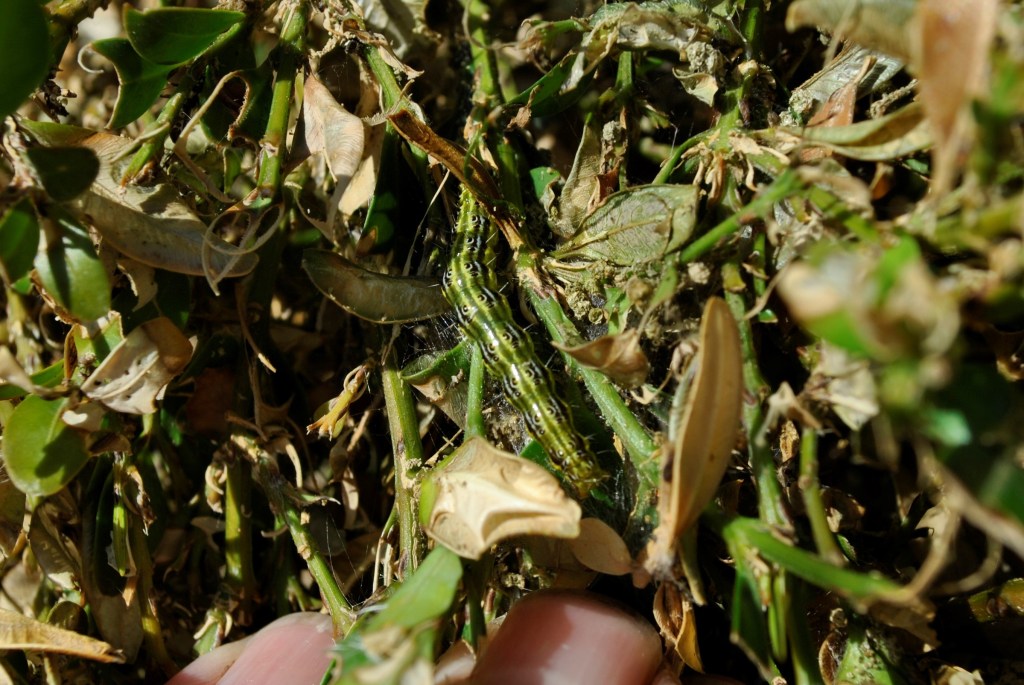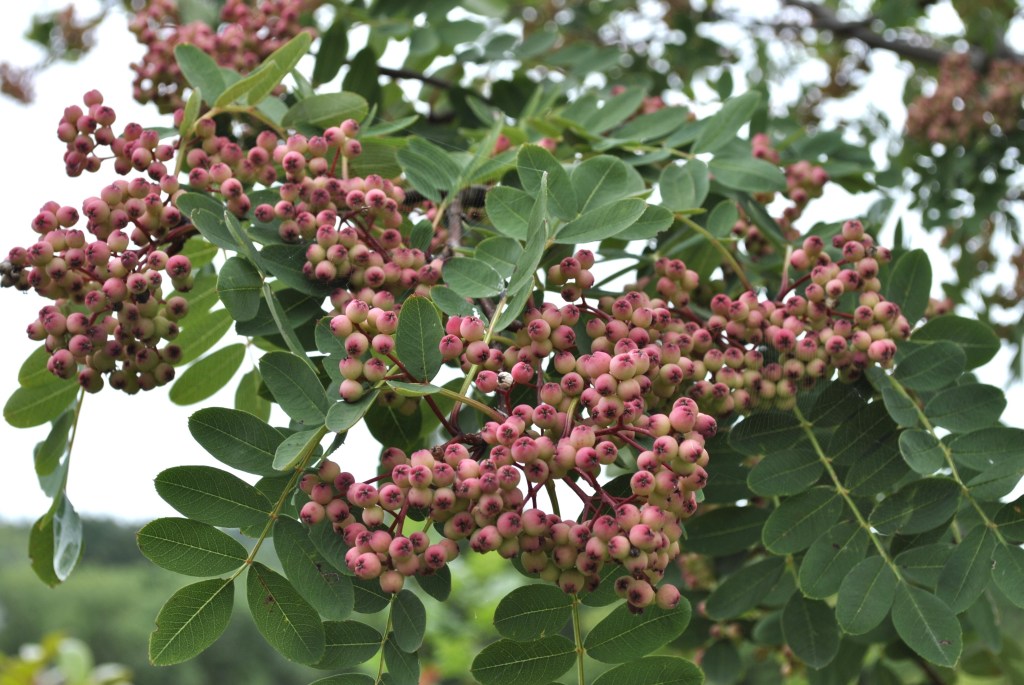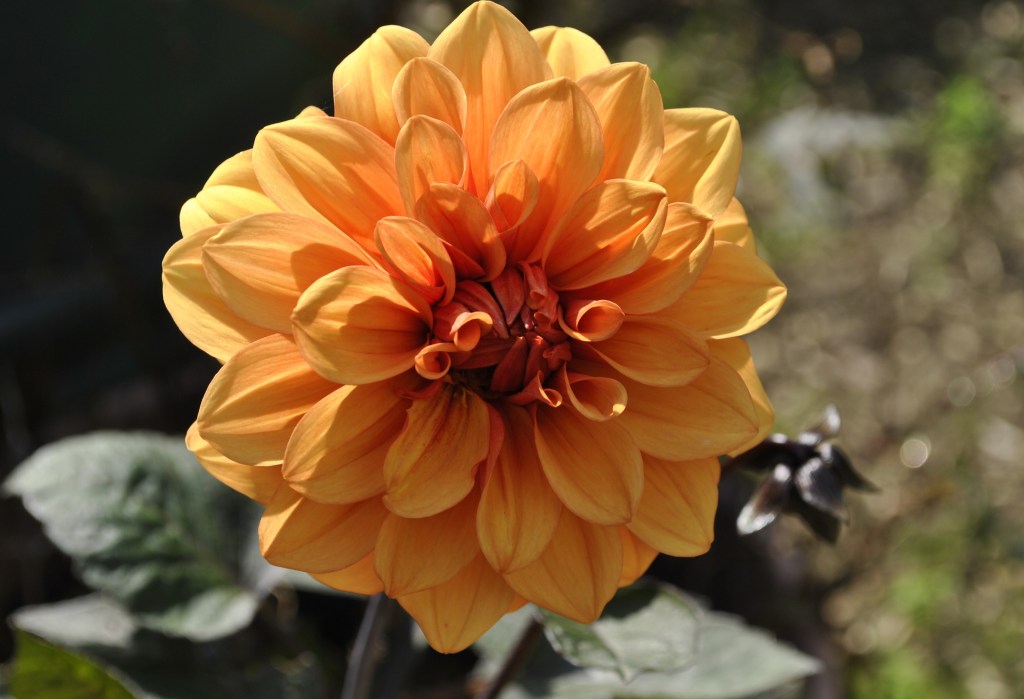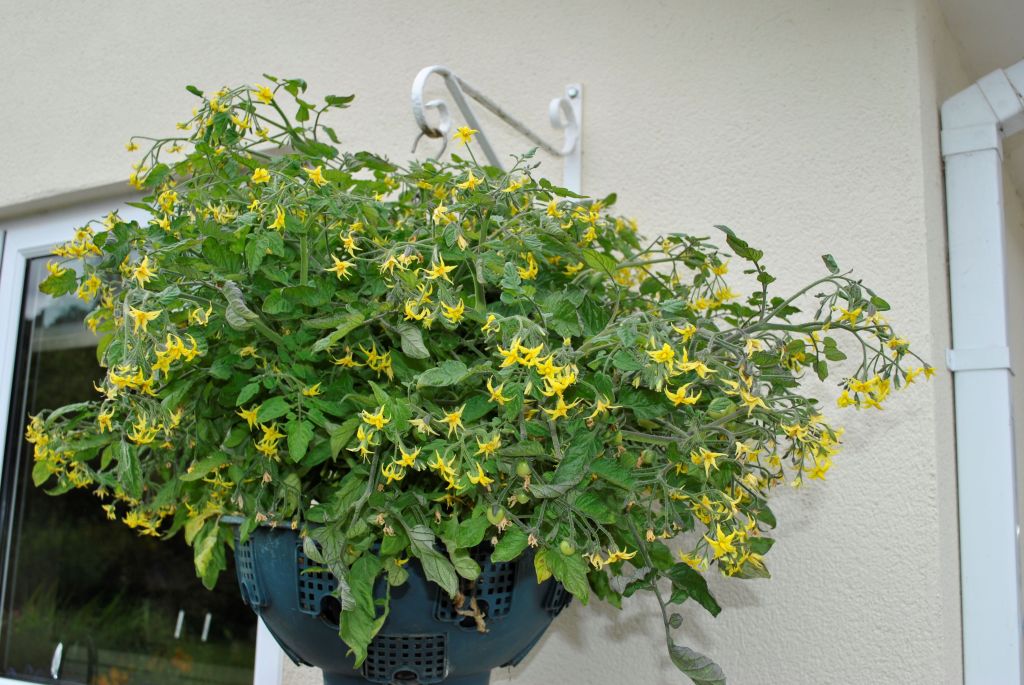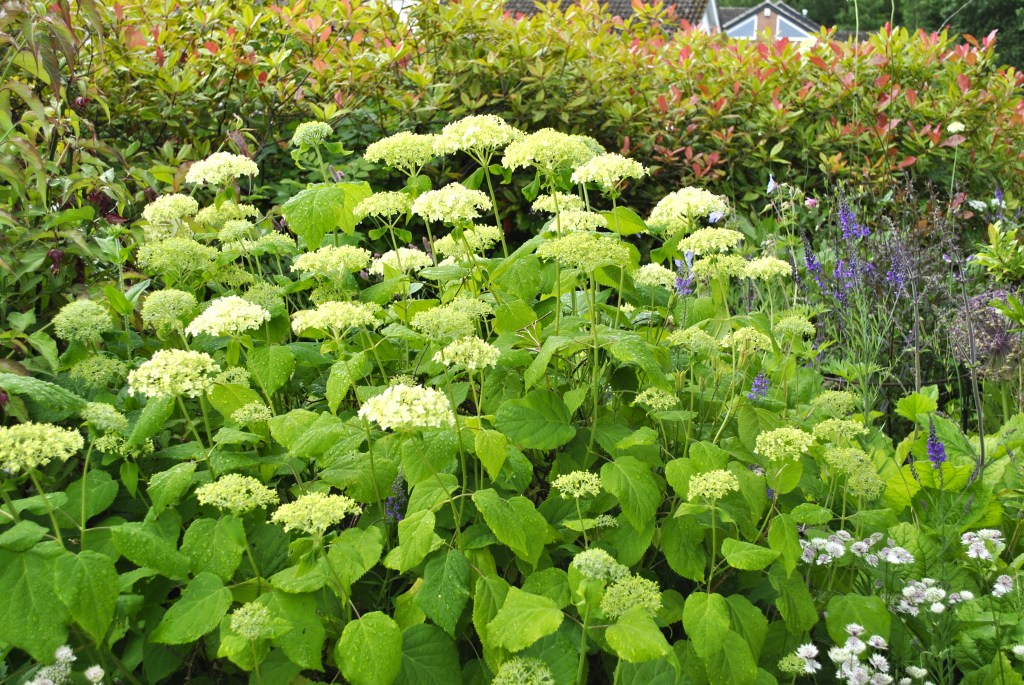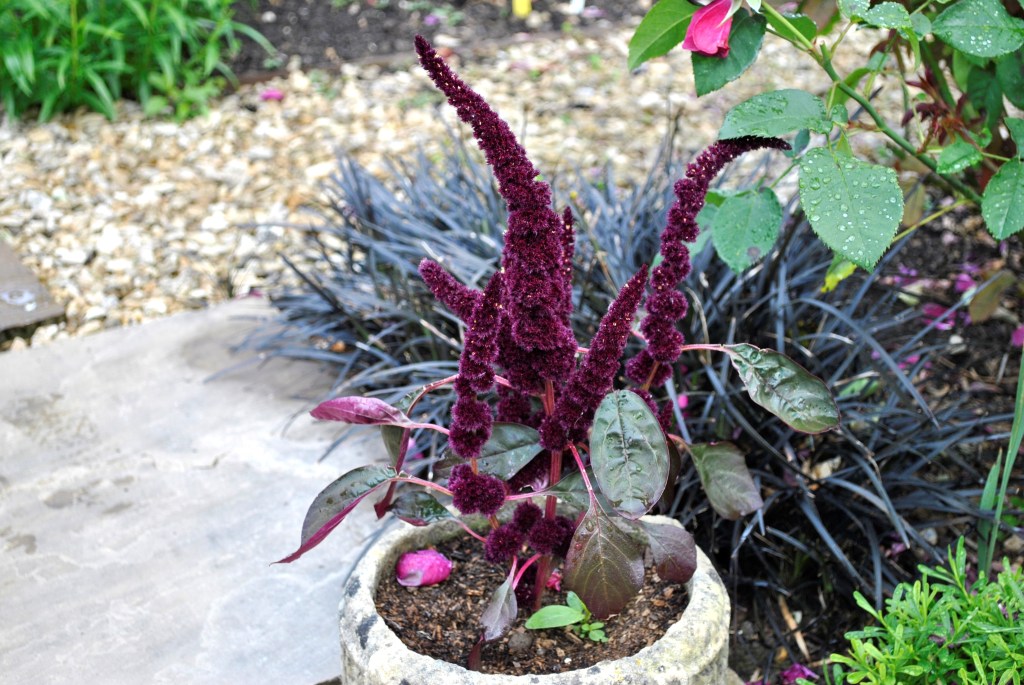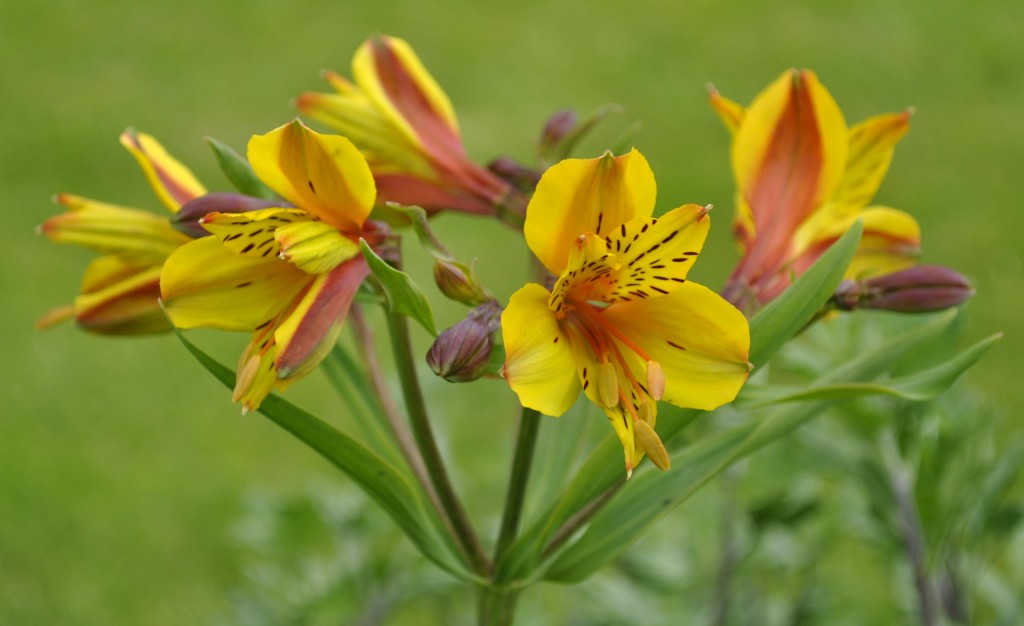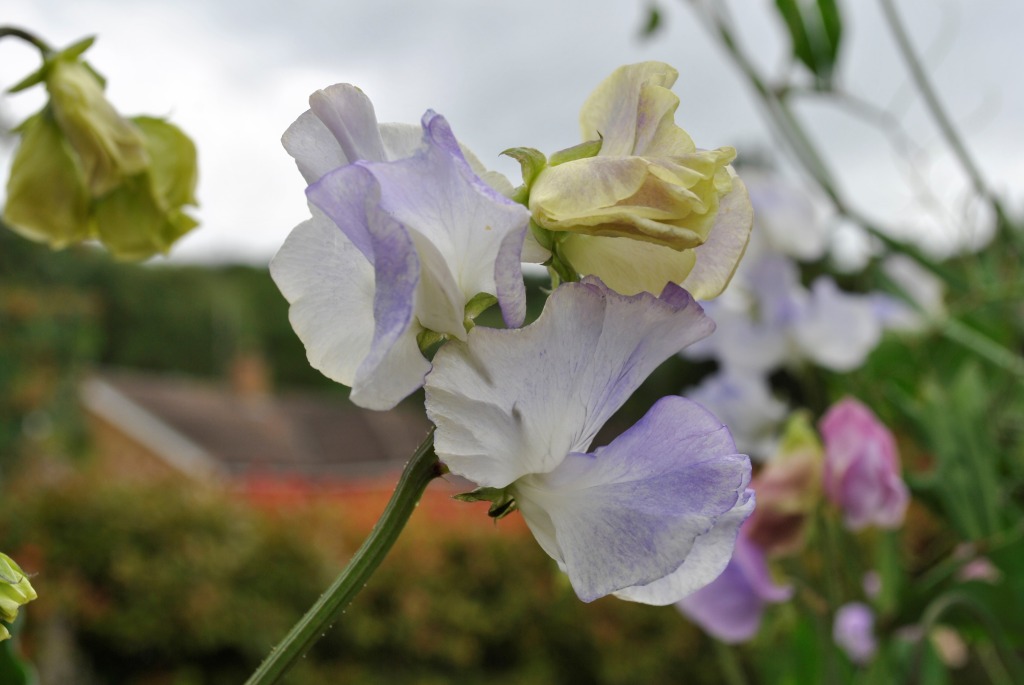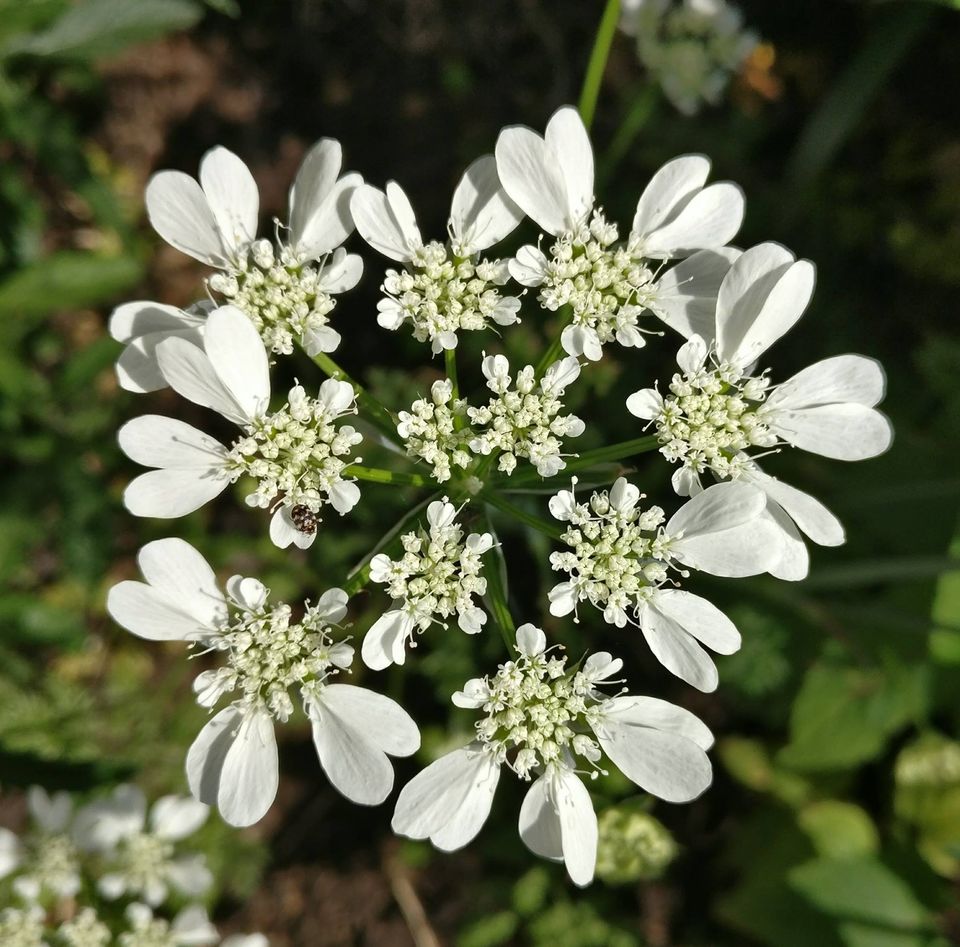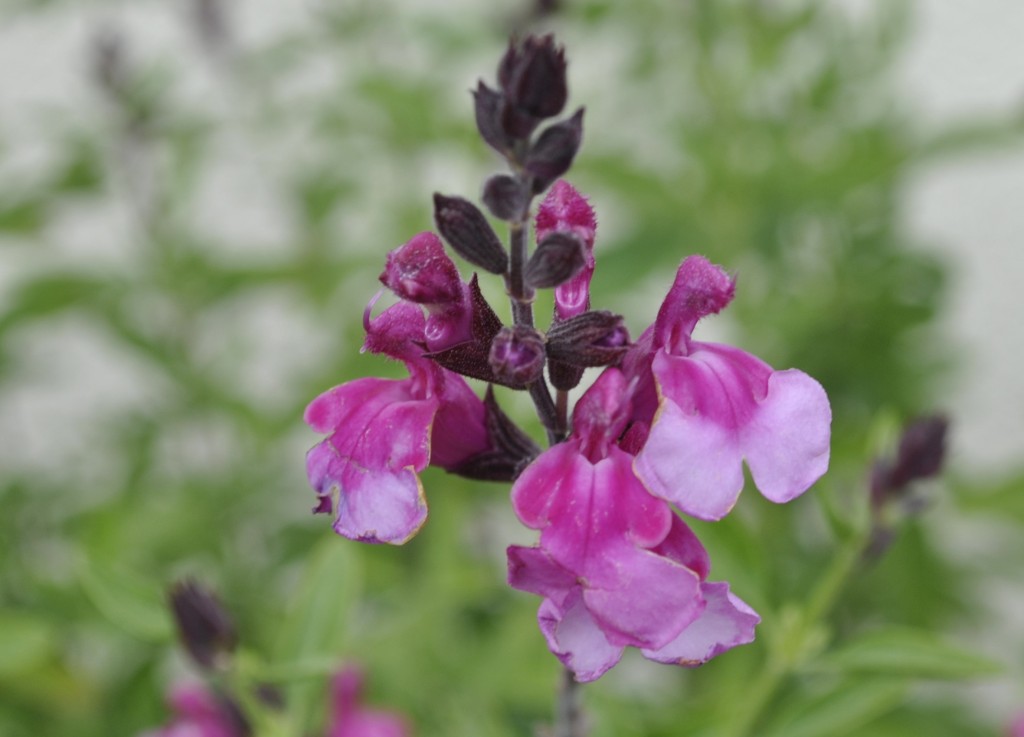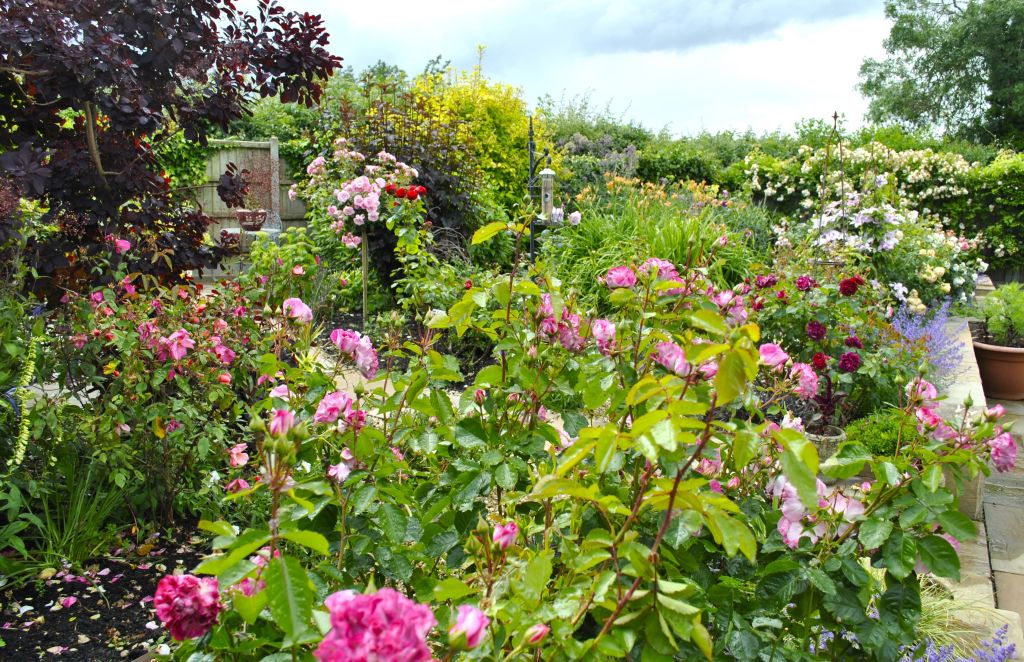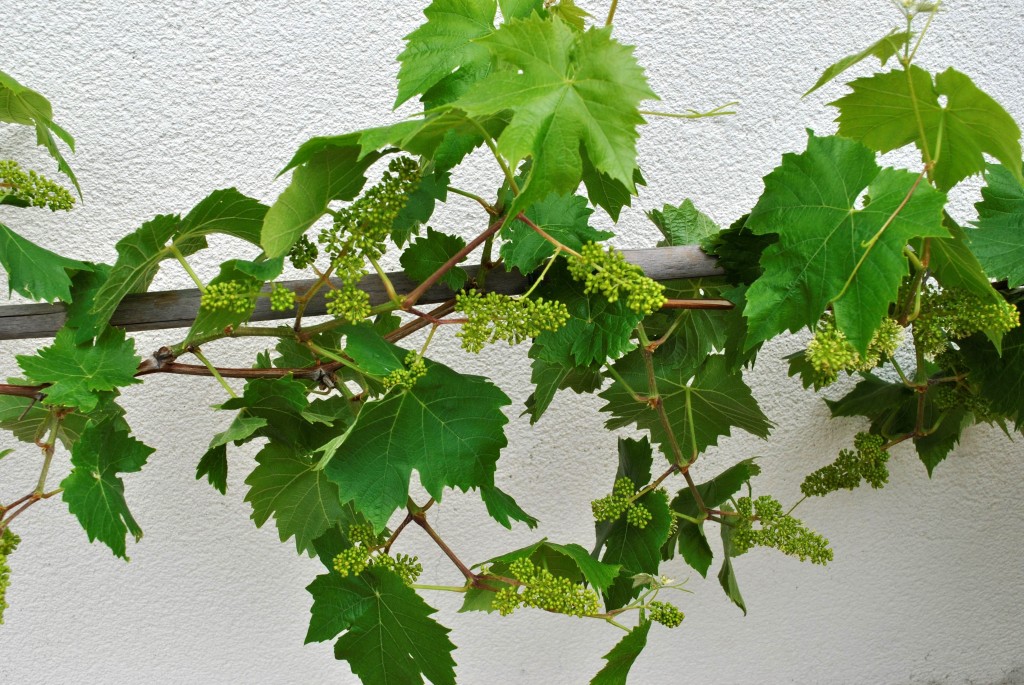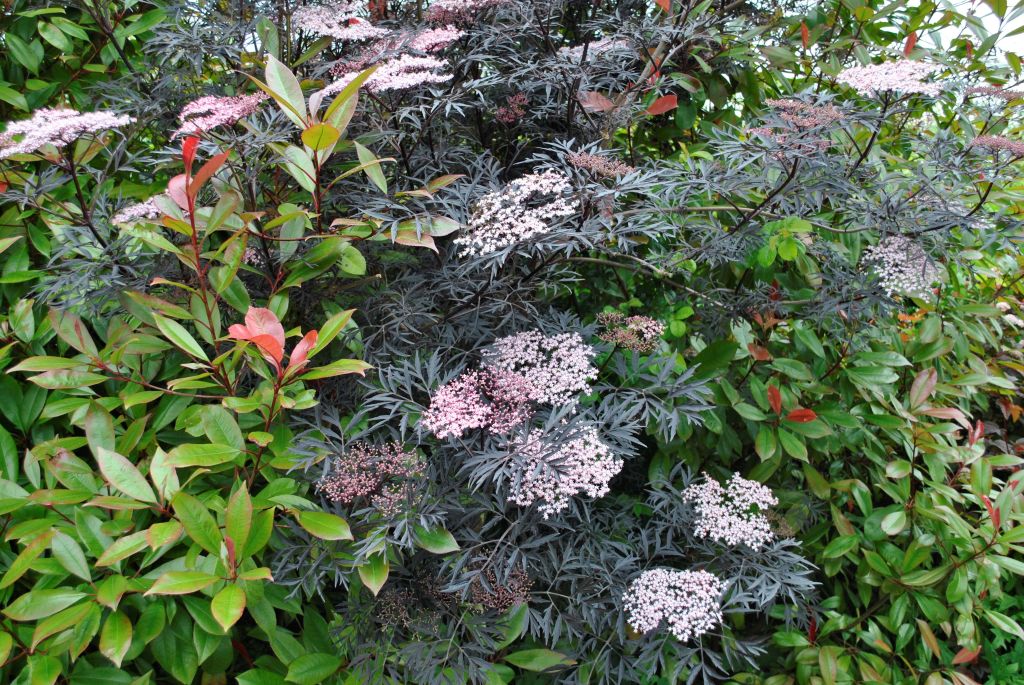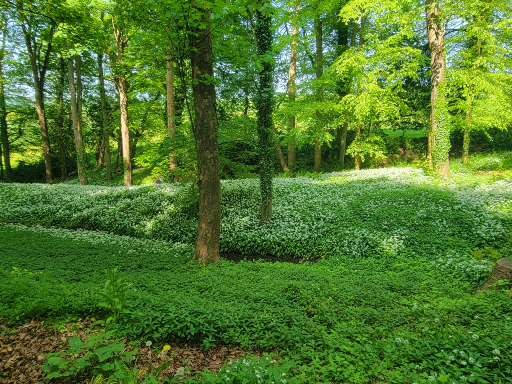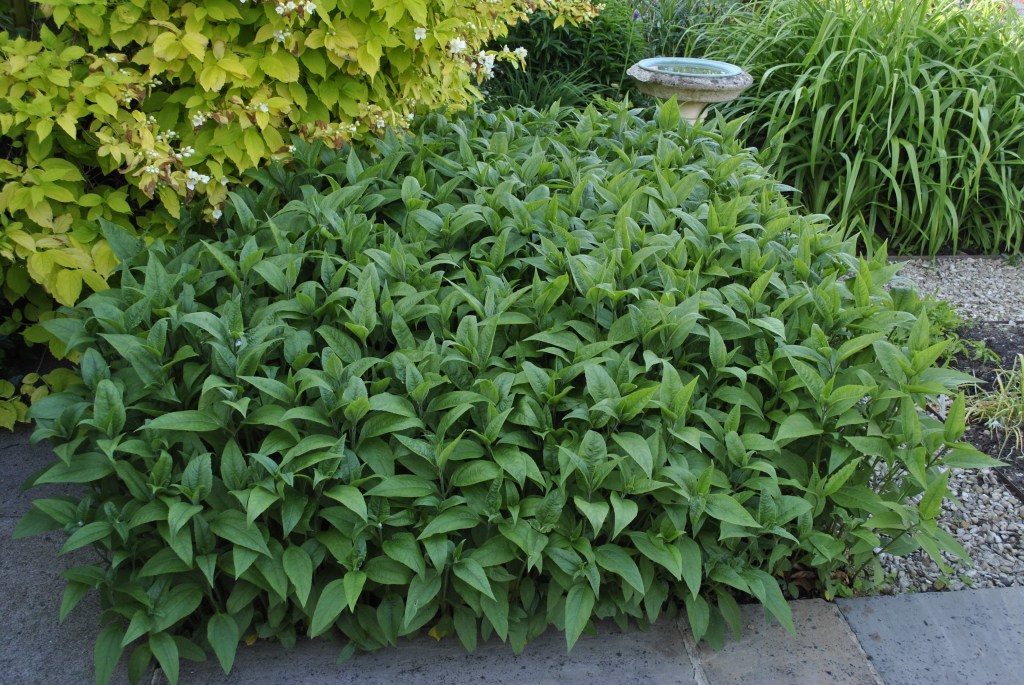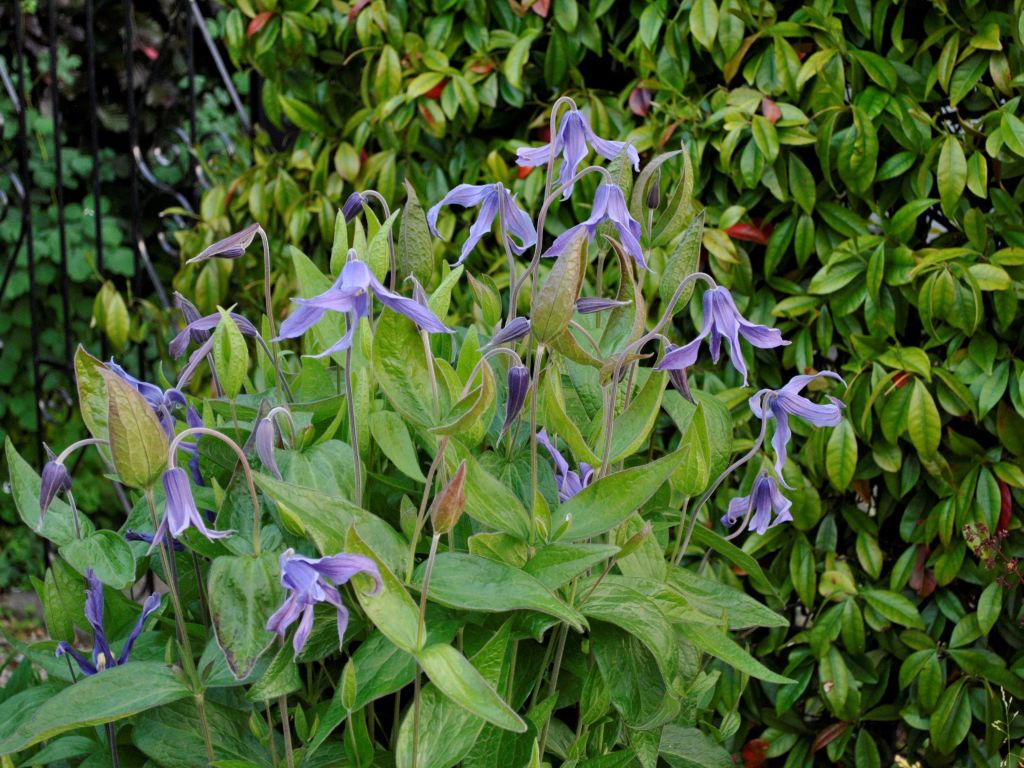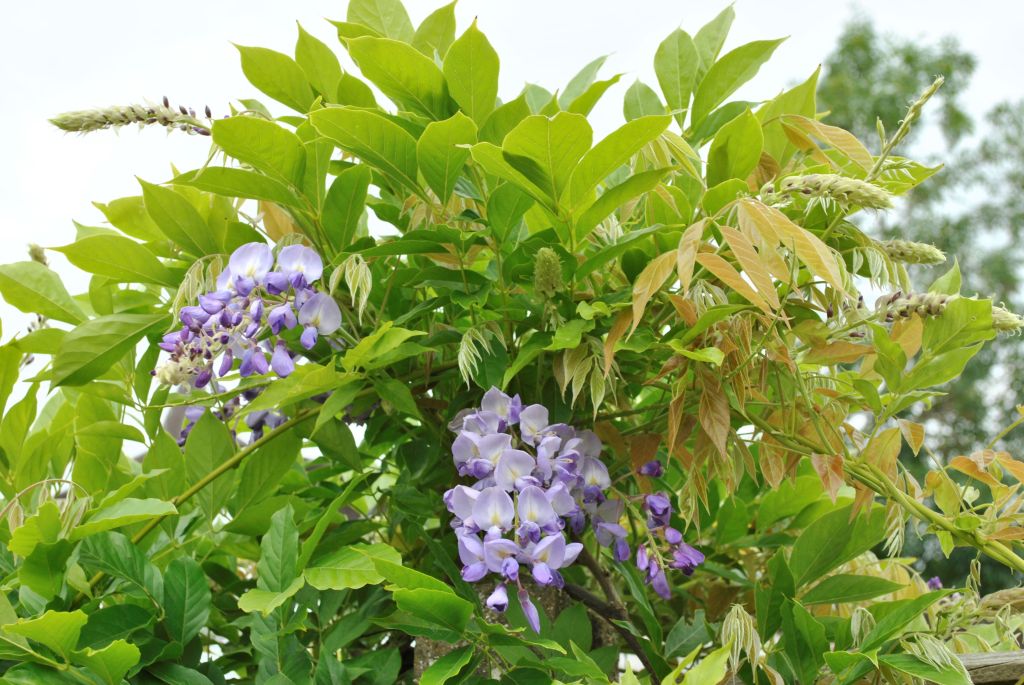
Storm Lilian has not been kind to the garden this week and many of my tall plants have been bent beyond their capacity for bending, resulting in snapping, which is never good. However, things like the Wisteria, which is firmly attached to the trellis fence, barely noticed and has decided to send out a fresh crop of flowers snuggled within the new foliage.

The latest Tradescantia to be added to the Collection was shortlisted for Chelsea Plant of the Year in 2023. It has the rather unusual name of ‘J S Brainstorm’, having been bred by Jan Spruyt in Belgium and claiming to be the first hardy Tradescantia to flower continuously for six months. So far, it has certainly done that for me this year, is still in full flower and showing no signs of slowing down yet. It looks remarkably similar to ‘Concord Grape’ which I am sure must be a parent. However, it is said to be ‘bred’ rather than ‘selected’ like so many of the Andersoniana hybrids have been, though how the exceptionally long flowering period came about is unclear.

Our beautiful Photinia fraseri ‘Red Robin’ hedge came under scrutiny from the Highways officer last week who kindly pointed out that their contractors would be resurfacing the footpaths in September and would I kindly cut the foliage back to the line of the footpath. I readily admit that the hedge is 12-18″ over the footpath but this still leaves enough for two people to walk alongside each other in comfort. However, as he pointed out, if I don’t trim it back, they will! This request/demand gives me a dilemma. If I trim it back 18″ there will be no foliage on the footpath side as Photinia leaves only grow on the outer extremities of the stems. Research tells me it would eventually grow back but would look ugly in the meantime. What to do?!
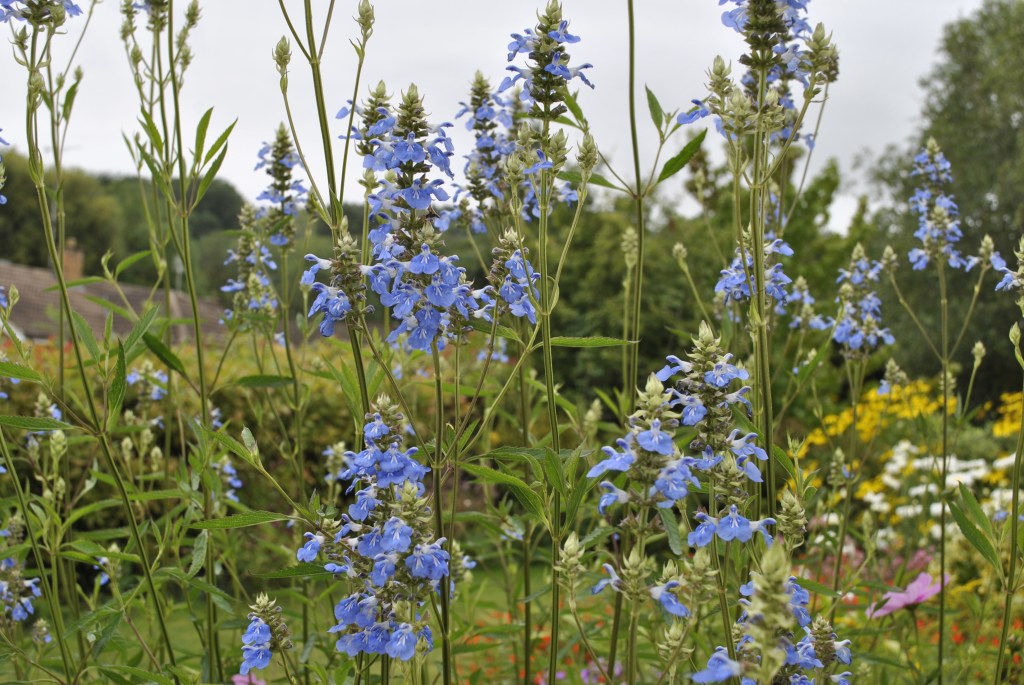
Once again this year, the Salvia uliginosa is a favourite with bees, its tall willowy stems topped with pale blue labiate flowers are a magnet. The bumbles are too large for the tiny flowers so they poke their tongue through the outside of the flower to drink the nectar. They will put up with the constant swaying, even in quite windy conditions, so the sugary sweet treat must be worth it.

I believe this Phlox paniculata to be ‘Blue Paradise’ although I didn’t buy it. It has been here since we bought the bungalow 15 years ago and I have divided and replanted it several times, as well as giving loads away to friends. It is certainly a striking colour and doesn’t get mildew like others I have. Quite short growing at 3′, flowers for a long time and has a faint sweet scent of Granny’s dressing table.
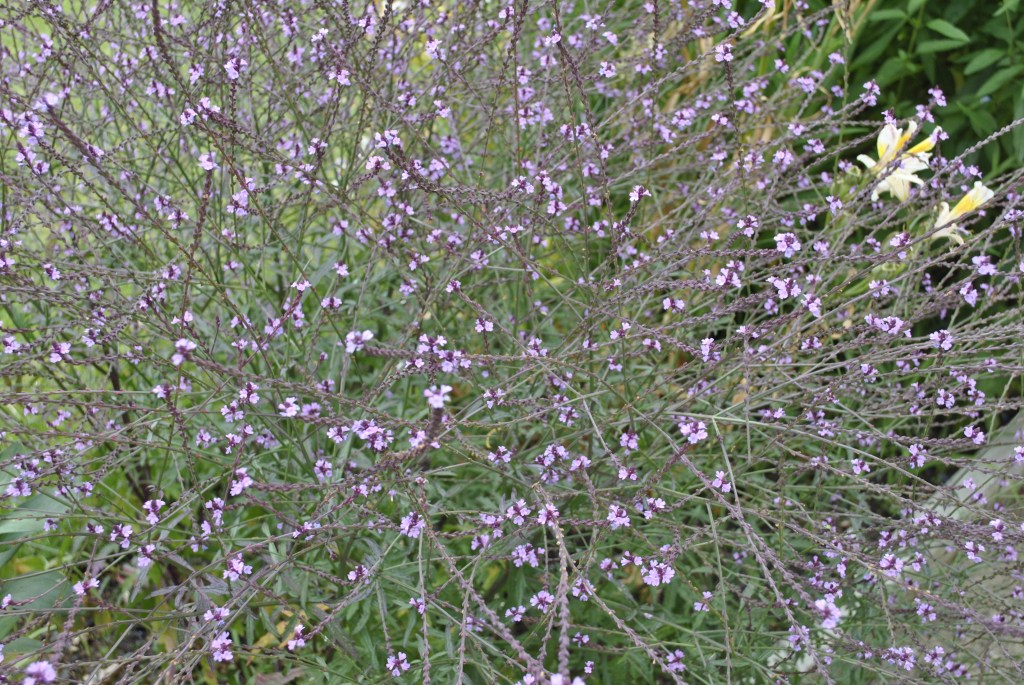
I keep being asked about Verbena ‘Bampton’ which grows like a weed in my garden, seeding into every crack and crevice and enjoying the dry clay soil. However, in the front bed where the soil has been much improved and mulch is liberally applied, it positively excels. This single plant is 3′ tall and wide and covered in wiry flower stems which makes it an outstanding border plant. It is perennial but seems to grow better from new seedlings each year which I either lift and move, give away or compost. You can have too much of a good thing!
Have a great Bank Holiday weekend.
David



